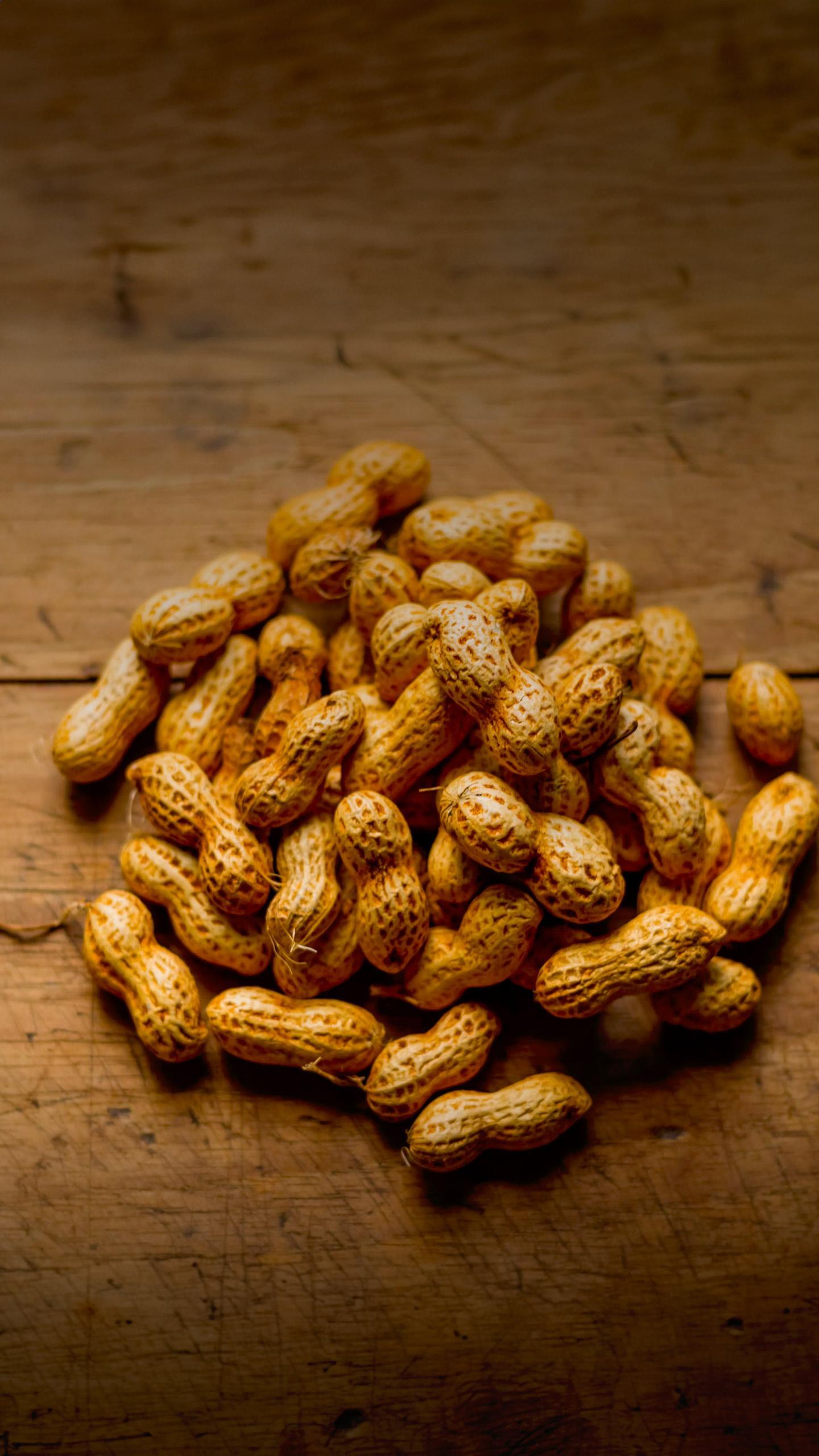Rapid Read • 7 min read
The Intermodal Association of North America (IANA) has reported an annual increase in intermodal volumes for the second quarter of 2025. The total volume reached 4,579,798 units, marking a 2.4% increase from the previous year. This growth represents the seventh consecutive quarter of annual increases following a period of decline. Domestic containers saw a 2.6% rise, while trailers experienced a significant drop of 25.4%. International containers also increased by 2.4%. Despite ongoing trade policy uncertainties and tariffs, the intermodal sector benefited from strong retail trade sales and manufacturing output. IANA President & CEO Anne Reinke noted that consumer spending and front-loading efforts by shippers to avoid tariffs have bolstered international intermodal volumes.
AD
The growth in intermodal volumes is a positive indicator for the U.S. logistics and transportation sectors, suggesting resilience despite trade tensions and economic uncertainties. The increase in consumer spending and manufacturing output supports the demand for intermodal services, which are crucial for efficient supply chain operations. The ongoing tariff situation, particularly with China, remains a significant factor influencing future volumes. A potential trade agreement could stabilize international volumes, benefiting stakeholders across the logistics industry. However, the decline in trailer volumes highlights challenges within certain segments of the intermodal market.
The outlook for the third quarter remains uncertain due to the ongoing tariff activities and potential changes in trade policies. Stakeholders in the intermodal sector will be closely monitoring developments in U.S.-China trade relations, as any agreements could significantly impact international volumes. Additionally, the trend of 'frontloading' by shippers may continue to influence peak season dynamics, potentially leading to a flatter peak season as observed in previous years.
AD
More Stories You Might Enjoy










